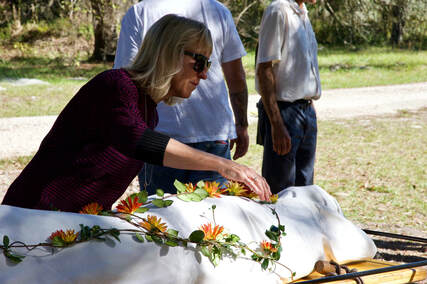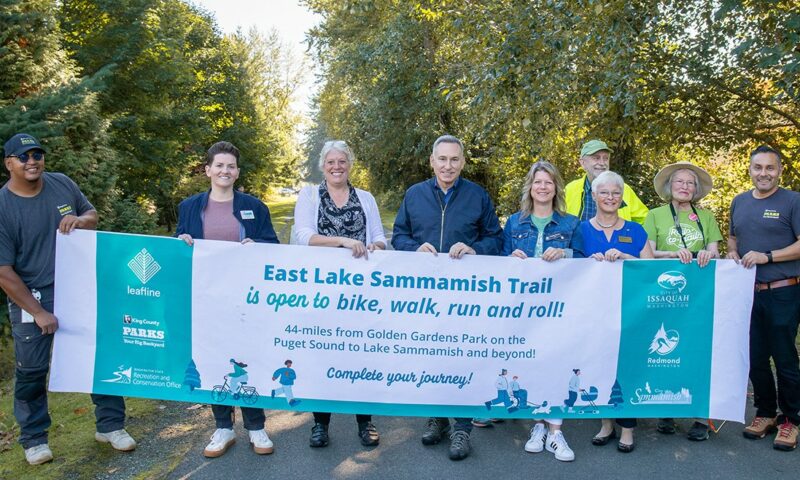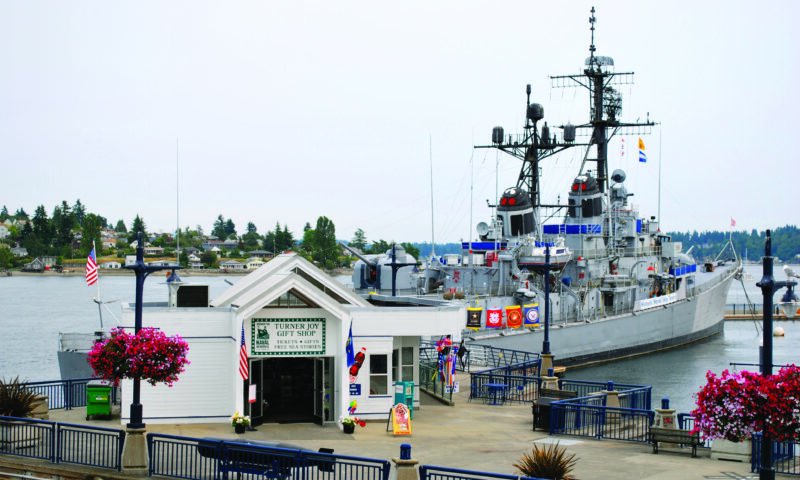When a ‘government caller’ is really a scammer
Take it from the Federal Trade Commission: Stay alert for scammers impersonating government personnel. They’re after your money.
According to FTC officials, many such schemes start with a phone call about an alleged problem, such as suspicious activity in an account. The story includes a claim that someone is using your information to commit crimes and that all your money is at risk. The caller tries to convince you that a court will seize the money in your bank account or retirement savings. The phony caller — who claims to be a helpful agent from the FTC, the FBI, the Border Patrol, or another government agency or organization — insists the only way to protect your money is to quickly transfer it to a more secure account. Or to cash out your savings or buy cryptocurrency or gold bars.
The truth is, instead of protecting your money, you’re about to lose it. The scammer controls the new bank or cryptocurrency accounts or sends someone to pick up the gold bars or cash “for safekeeping.”
It’s a scam if the caller says you need to buy gift cards, go to a cryptocurrency ATM, or go to the bank in person while they stay on the phone with you. And if the caller tells you to lie to anyone who asks why you’re transferring or withdrawing so much money, that’s also a clear sign of a scam.
Here is what else the FTC wants you to know and do about this scam:
• The FTC will never tell you to move your money to “protect” it.
• Ignore all unexpected requests for money in an unexpected call or message.
• Verify the story. If you think there’s a real problem with one of your accounts, use a phone number, website, or app you know is real to contact the company. Don’t use contact information in any message you received.
Source: Pierce County Aging and Disability Resources


